
Porcelain crowns, incorporating a metal alloy foundation, have been used for many years, but lacking the light transmittance of natural teeth, leave the patient with a slightly grey result. These metal crowns can cause a greying of the gums over time, and can also be responsible for allergic reactions. In recent years, newer, healthier and more effective materials have been discovered, giving patients a more satisfactory end result.
Consequently, the tissue-friendly material, Zirconium, is now being used in dentistry. Zirconium Coatings now offer a similar strength to the previously used metallic alloy used in the past. Zirconium is translucent, does not cause discolouration of the gums, is non-allergic, and is resistant to corrosion, and has since become the first choice for dental restorations.
Related Pages
Dental Fillings (Composite)
Composite fillings bond better to the tooth structure and are much stronger than those made of Amalgam, they also transmit the light better, making them aesthetically pleasing.
Dental Implants
A dental implant is a titanium screw that is inserted into the jawbone in place of a lost tooth or teeth, this merges with the bony tissue to serve as a natural tooth root.
Porcelain Crowns
Metal supported porcelain crowns can be used to replace a single tooth, or as a bridge. The metal alloy in the substructure of the tooth formation is extremely durable but has low light transmittance.
Root Canal Treatment
The primary objective of dentistry is to maintain a patient’s healthy teeth and their ability to chew normally.
Invisalign
Invisalign treatment involves a series of clear plastic casings that aim to correct malaligned teeth.
Periodontology & Periodontol Diseases
Periodontology analyses and treats diseases of the soft tissues that surround and anchor the teeth (periodontal ligament & gums) and the harder bone tissues such.
Orthodontic Treatment
Orthodontics is the treatment for correcting crooked teeth.



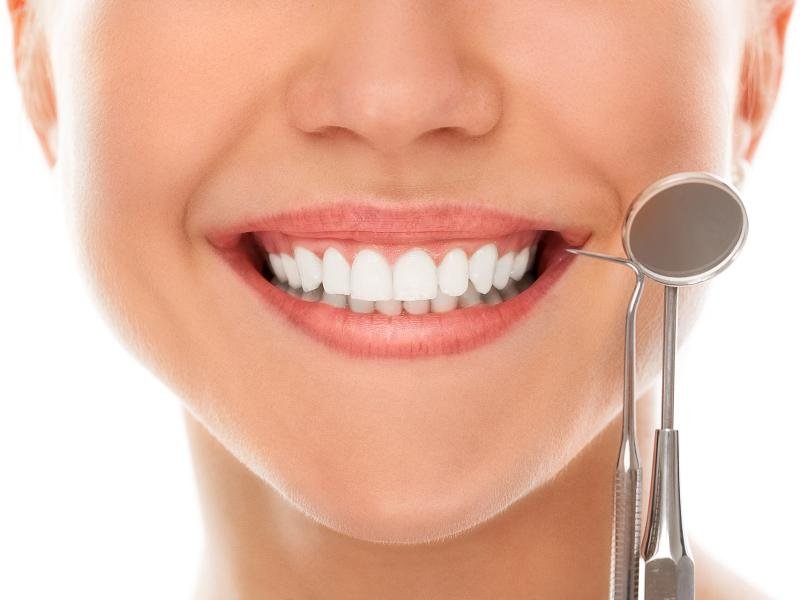
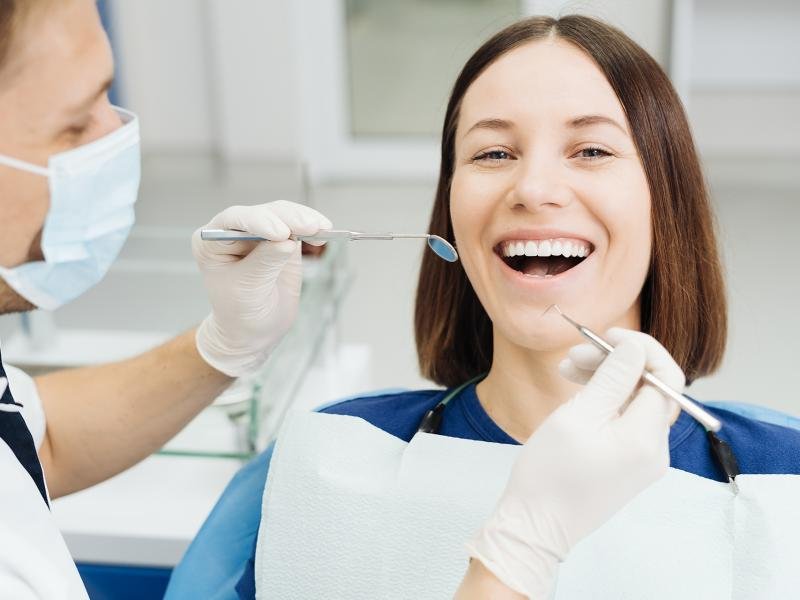
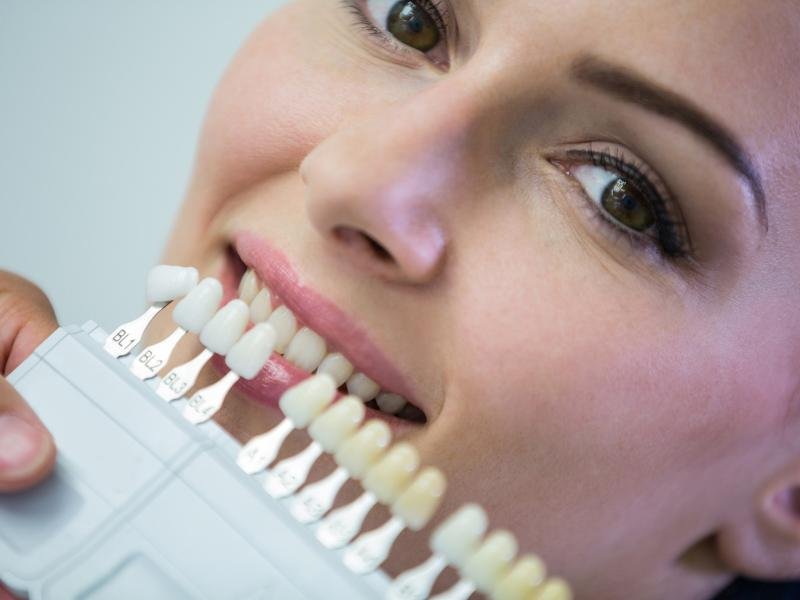
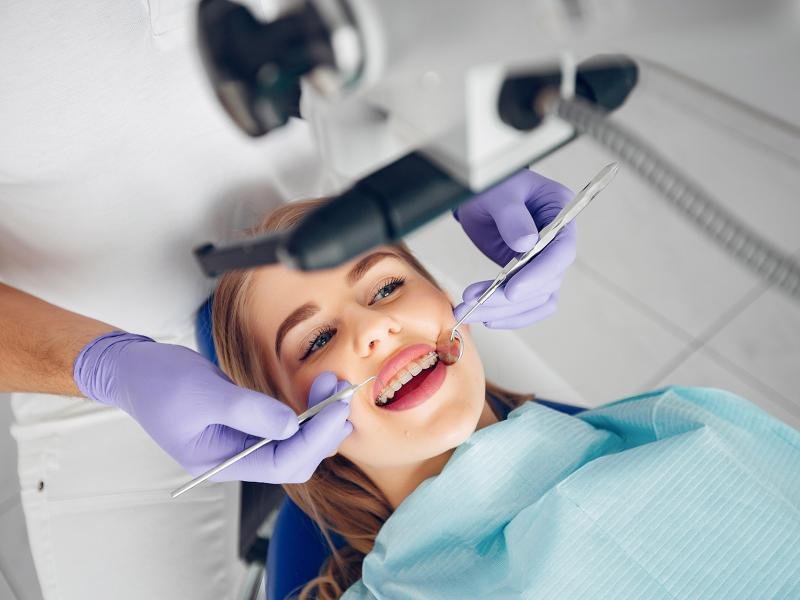
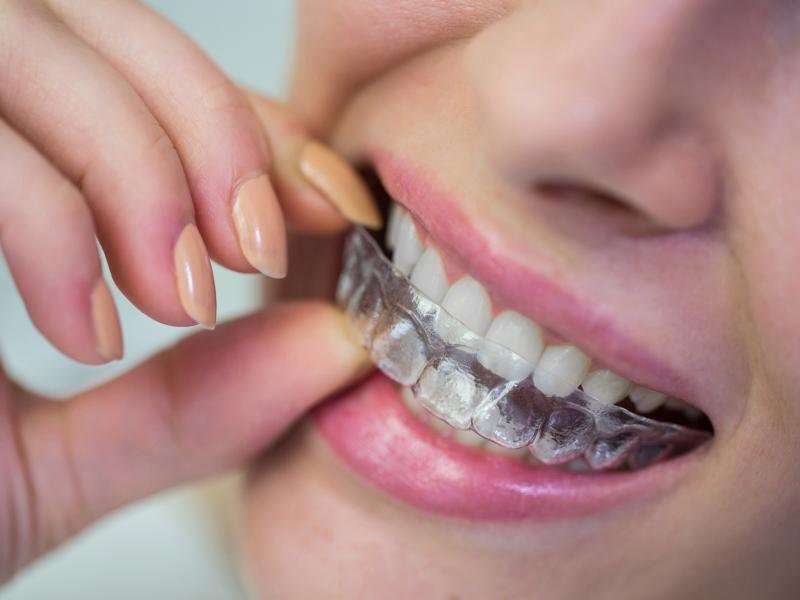
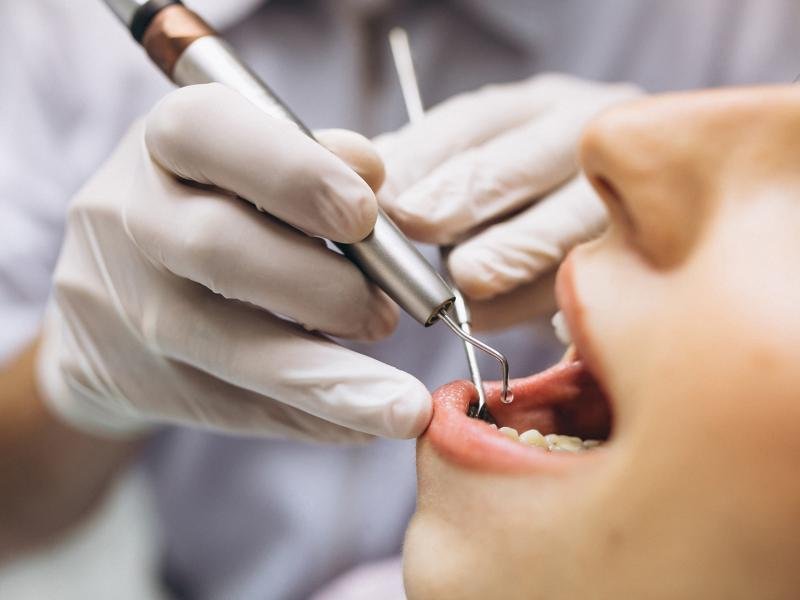
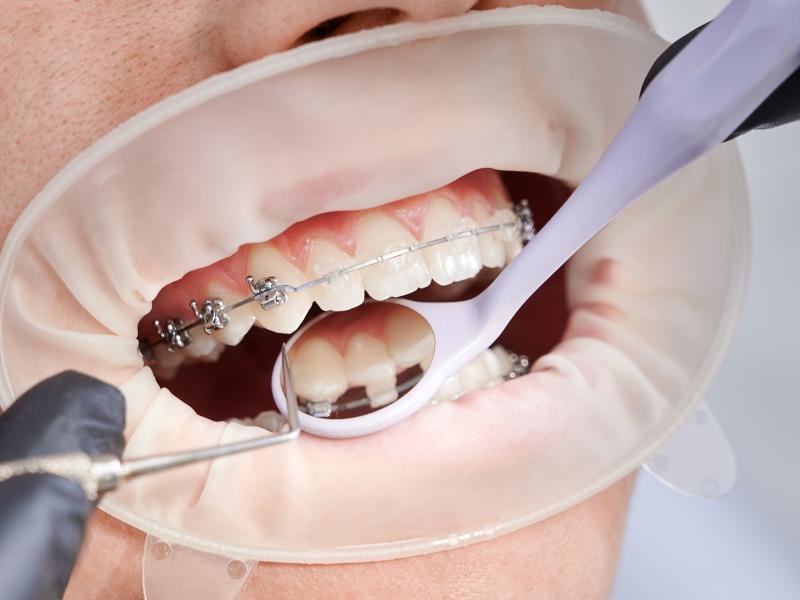
 What is Tummy Tuck?
What is Tummy Tuck?
 What is Sleeve Gastrectomy?
What is Sleeve Gastrectomy?
 What is Bariatric Surgery?
What is Bariatric Surgery?
 Hair Transplantation in Turkey
Hair Transplantation in Turkey
 What is Denta Fillings?
What is Denta Fillings?


